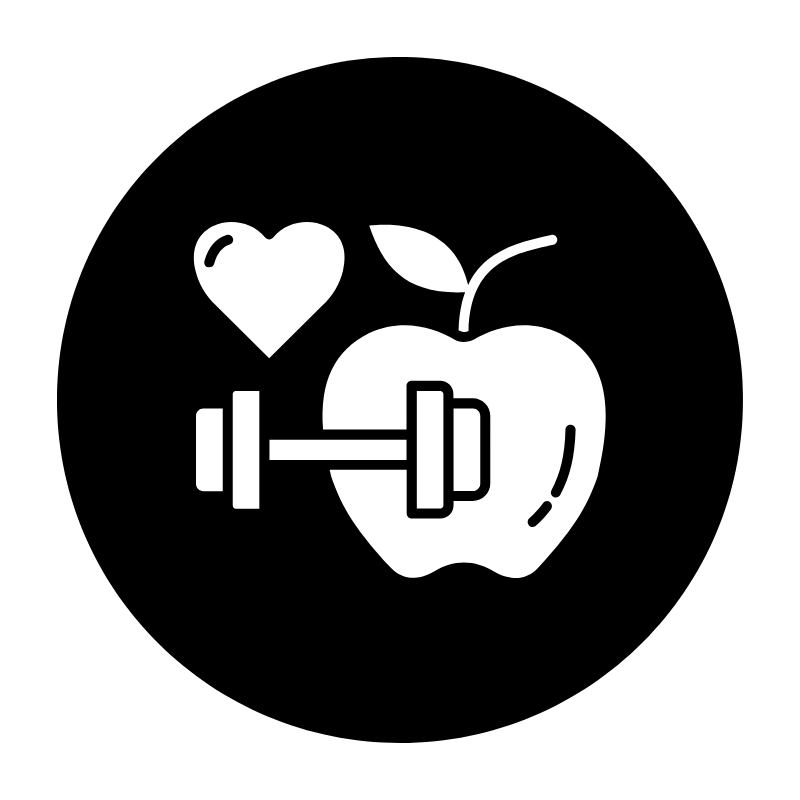7 Techniques for Practicing Mindfulness and Cultivating Inner Peace

Disclaimer
Some links may earn us a small commission at no extra cost to you.
Click here to read our full affiliate disclosure.

Disclaimer
We believe in complete transparency with our audience.
Some links may earn us a small commission at no extra cost to you.
Please know that we only recommend products/services we have personally used, thoroughly researched, and genuinely believe can benefit our audience.
We are immensely grateful for every click and purchase you make through these links. Thank you for being a part of our community and for your continued support!
Click here to read our full affiliate disclosure.

Updated on 02/08/2023
Currently, we live in an age where endless notifications, mounting deadlines and constant connectivity make it difficult to find moments of true inner peace.
According to RevereHealth, between 75% and 90% of all visits to the doctor are for issues related to stress. Practicing mindfulness can serve as a method for reducing stress.
Through simple yet powerful practices, you can learn to navigate daily challenges with greater ease, respond thoughtfully rather than react automatically, and cultivate a sustainable sense of inner calm.
In this blog post, we’ll explore 7 useful techniques for practicing mindfulness and cultivating inner peace.
What exactly is Mindfulness?

Mindfulness is the practice of being fully present in the moment, without judgment or attachment. It entails giving non-reactive attention to your ideas, feelings, and sensations.
You can acquire a heightened awareness of yourself and the world around you by practising mindfulness, allowing you to respond to life's problems with clarity and compassion.
In this blog post, we’ll explore these 7 techniques for practicing mindfulness and cultivating inner peace:
Deep Breathing Techniques.
Mindfulness Meditation.
Self-Care Practices.
Loving-kindness Meditation.
Regular Physical Activity.
Nature Connection.
Gratitude Practice.
How to Practice Mindfulness: 7 Key Techniques

Here are the techniques to follow.
1. Deep Breathing Techniques
Your breath is a powerful tool for accessing immediate tranquillity. The 4-7-8 breathing technique, developed by Dr. Andrew Weil, has been shown to activate the parasympathetic nervous system, triggering a relaxation response:
- Inhale quietly through your nose for 4 counts.
- Hold your breath for 7 counts.
- Exhale completely through your mouth for 8 counts.
- Repeat this cycle 4 times.
For a simpler alternative, try diaphragmatic breathing: place one hand on your chest and the other on your abdomen, focusing on breathing deeply enough to move your lower hand while keeping the upper hand relatively still.

2. Mindfulness Meditation
Mindfulness meditation forms the cornerstone of developing present-moment awareness. This fundamental practice involves sitting quietly and observing your thoughts, emotions, and bodily sensations without judgment.
Find a quiet space and start with just 5-10 minutes:
- Sit comfortably with your back straight.
- Focus your attention on your natural breath.
- When thoughts arise (and they will), acknowledge them without judgment.
- Gently return your focus to your breathing.
Recent studies show that regular practitioners experience reduced anxiety, improved concentration, and enhanced emotional regulation after just eight weeks of consistent practice.
The beauty of mindfulness meditation lies in the non-judgmental and inquisitive attitude we maintain throughout the practice.
Rather than categorising feelings as good or unpleasant, we just acknowledge them with an open and receptive attitude. This method fosters a strong sense of self-compassion and kindness toward oneself.

3. Self-Care Practices
Self-care encompasses deliberate actions taken to maintain physical, mental, and emotional health. Develop a personalized self-care routine that might include:
- Setting boundaries with work and social commitments.
- Maintaining a consistent sleep schedule.
- Engaging in activities that bring joy and relaxation.
- Practicing good nutrition habits.
- Taking regular breaks throughout the day.
Remember that self-care is not self-indulgence but rather a necessary component of maintaining optimal mental health and resilience.

4. Loving-Kindness Meditation
In an often chaotic world, taking the time to cultivate love and kindness towards ourselves and others can be a profound act of self-care and a catalyst for positive change.
Find a peaceful location where you may truly immerse yourself in this lovely practice.
Start by directing your heartfelt wishes inward, showering yourself with love and kindness.
Repeat empowering affirmations or heartfelt lines that resonate with you, such as "May I be happy, healthy, and live with ease".
Once you've showered yourself with loving-kindness, it's time to extend these heartfelt wishes to those around you.
Picture someone dear to your heart, someone who fills your life with joy. Send them waves of loving-kindness, visualising your wishes emanating from your heart and surrounding them with pure, unconditional love.
But why stop there? Challenge yourself to go one step further. Send these lovely wishes to acquaintances, co-workers, and even those who have tried your patience.
Accept the opportunity to see past their outward behaviours and delve into their true nature. Imagine their burdens lessening, their hearts opening, and their negativity vanishing as you offer them your best wishes.
By dedicating a mere ten minutes each day to loving-kindness meditation, you foster empathy, decrease negativity, and improve your emotional well-being.

5. Regular Physical Activity
Exercise isn't just about physical fitness—it's a powerful mindfulness practice when approached intentionally.
Research from the Harvard Medical School shows that 30 minutes of moderate activity can significantly reduce anxiety and improve mood by:
- Releasing endorphins and other mood-enhancing chemicals.
- Creating a natural opportunity for moving meditation.
- Improving sleep quality.
- Reducing muscle tension that accompanies stress.
Choose activities that you enjoy, whether it's walking, swimming, dancing, cycling, or any other activity that elevates your heart rate.
Pay attention to your body's movement, physical sensations, breathing patterns, and the environment around you during exercise.

6. Nature Connection
Research demonstrates that spending time in natural environments can significantly reduce stress levels and improve mental clarity.
In particular, Japanese researchers have extensively studied "shinrin-yoku" (forest bathing), finding that just 20 minutes in nature can lower cortisol levels and blood pressure. Make nature connection a daily practice:
- Walk barefoot on grass or sand when possible.
- Observe natural patterns in leaves, clouds, or water.
- Listen for layers of natural sounds.
- Touch different natural textures.
- Breathe in the fresh air mindfully.
Even in urban environments, seeking out small patches of nature can provide significant benefits.

7. Gratitude Practice
This technique encourages your mind to look for the silver linings in everything, no matter how big or small. By cultivating gratitude, you can unleash happiness and contentment.
It’s a simple act that rewires your brain to focus on abundance, moving your attention away from what is lacking and toward the numerous blessings that enrich your life. So, how do you get started?
- Write three specific things you're grateful for each day.
- Include why these things matter to you.
- Note how they affect your life or others around you.
- Record unexpected blessings or small pleasures.
The key is specificity—instead of "I'm grateful for my friend," write "I'm grateful for Jane's supportive message during my challenging presentation today."
Keep in mind that no blessing is too small or inconsequential. Each moment of appreciation can add a sprinkling of magic to your life, even if it's the comforting warmth of a nice blanket on a chilly evening or the genuine smile of a stranger.
So grab your journal and let your appreciation flow. Your mind will thank you, your heart will sing, and your happiness will soar.

Final Thoughts
Mindfulness is a simple yet effective method for cultivating inner peace and improving emotional well-being.
You may reduce stress, boost focus, and feel more present in your daily life by using the above 7 techniques.
Mindfulness requires consistent practice, so consider incorporating these techniques into your everyday routine. Whether you're a busy professional, a student, or a health and wellness enthusiast, it can benefit anyone.
Start today to experience the power of mindfulness for yourself!

Trending
It's possible, even without an SSN.
Discover key qualities to consider when choosing right.
Learn what contributes to a successful business launch.

Deals & Promotions
You can also gain unlimited access to Exclusive Content and Offers.

2025 © MitchelleO.D. All Rights Reserved.
Disclaimer: As an Amazon Associate, we earn from qualifying purchases. We may participate in additional affiliate networks or programs beyond Amazon.
Visit our Affiliate Disclosure Page to learn more.










